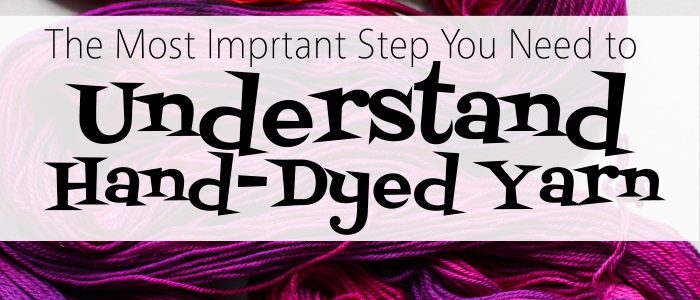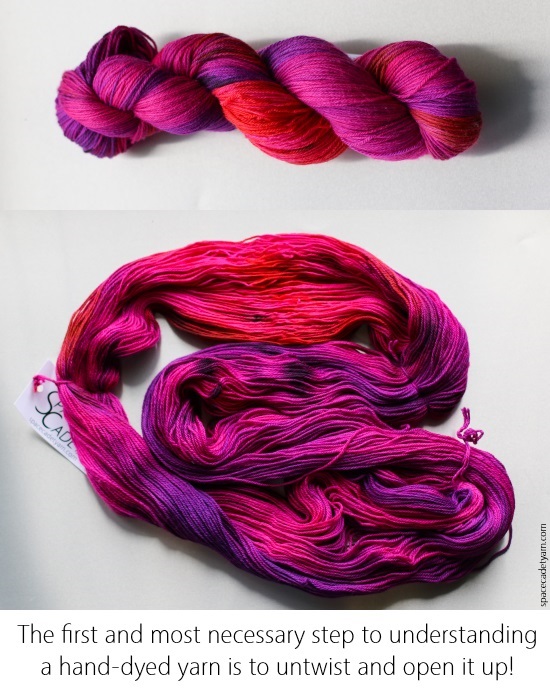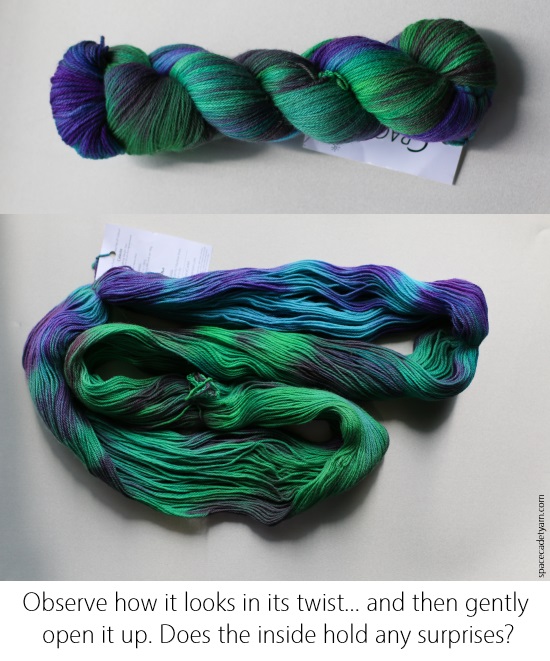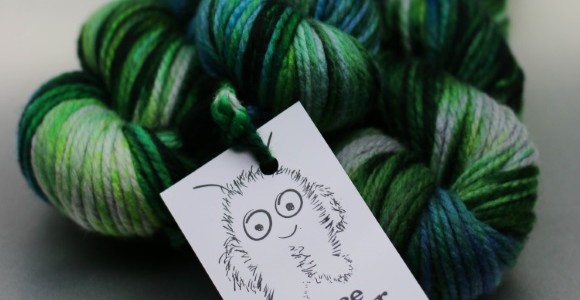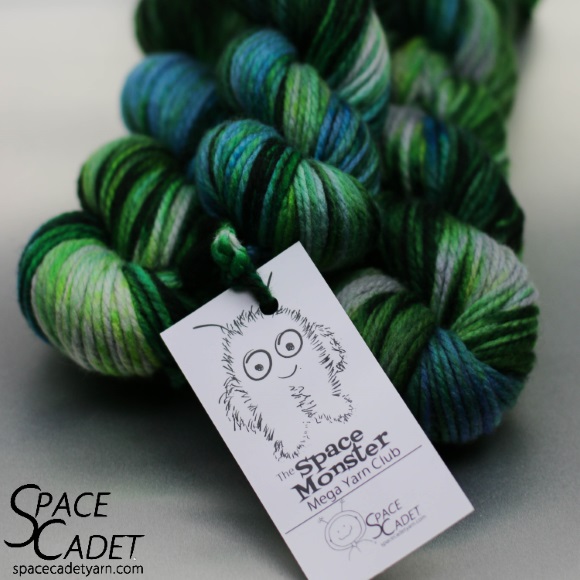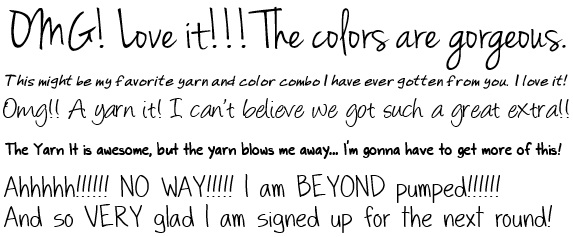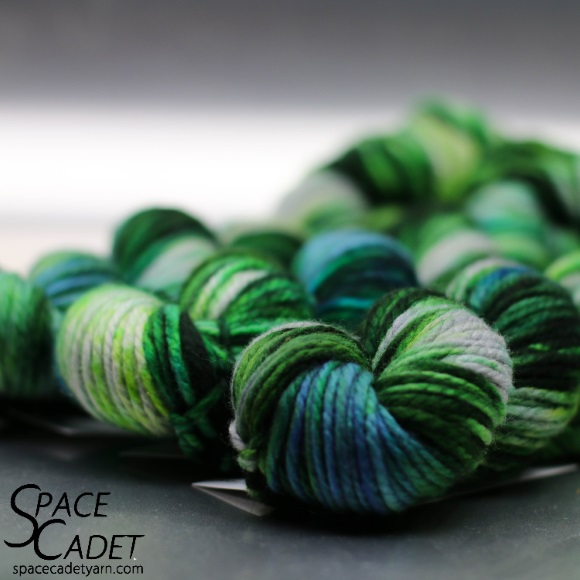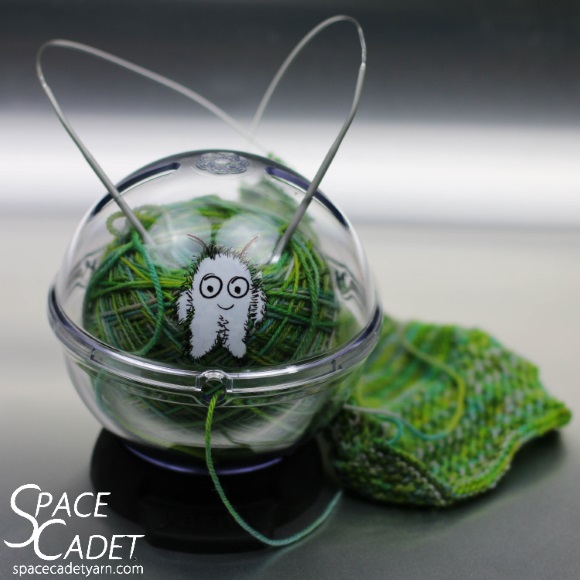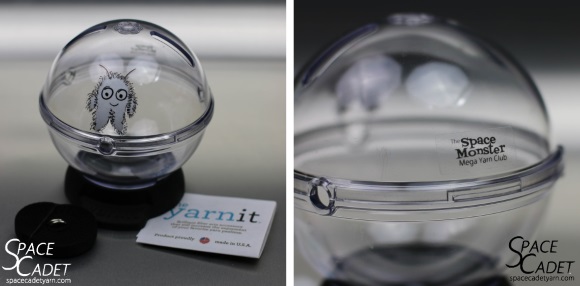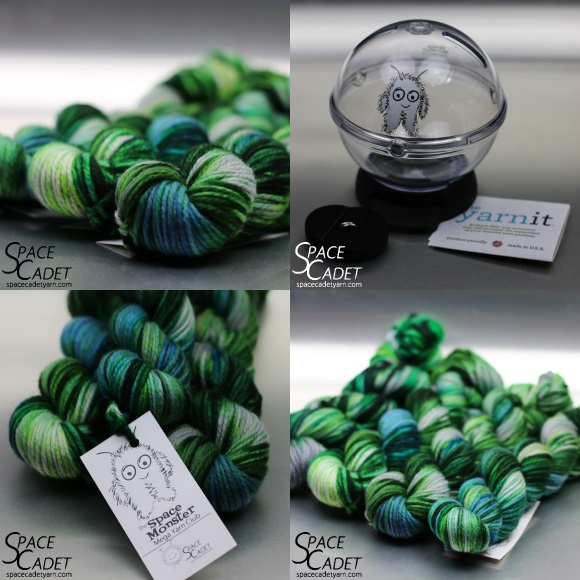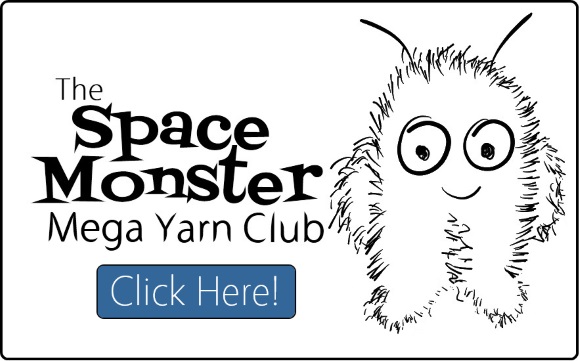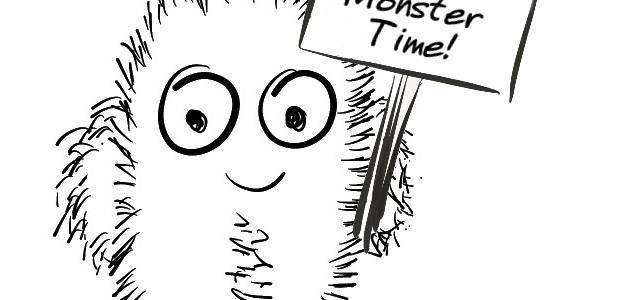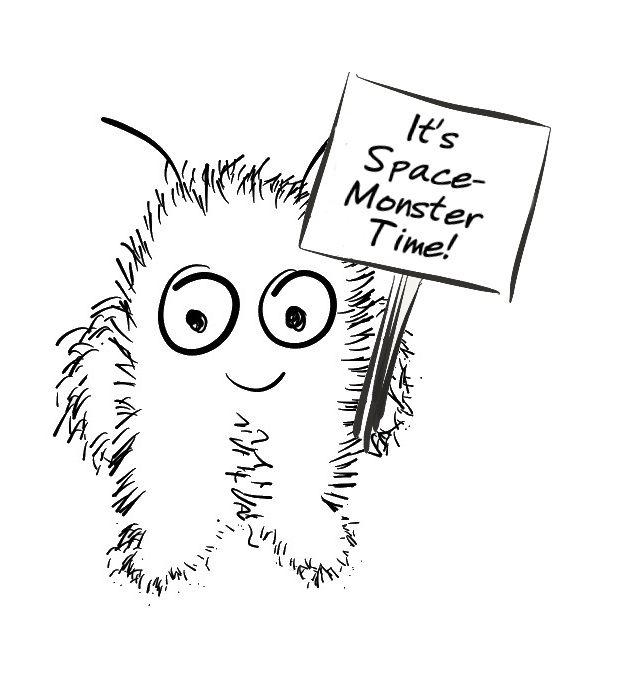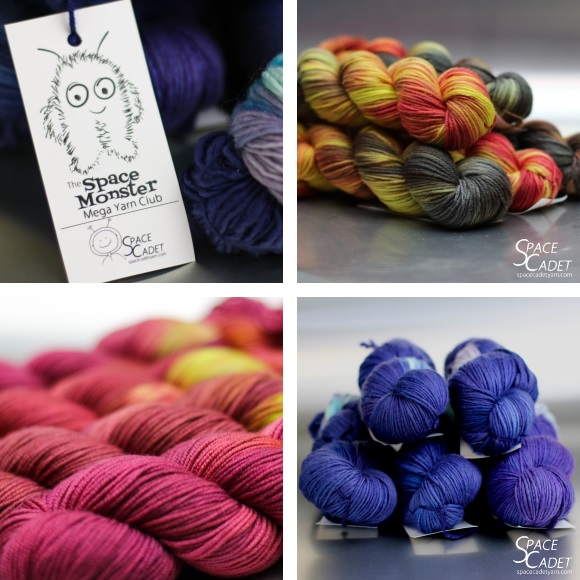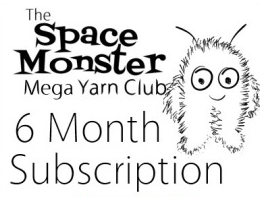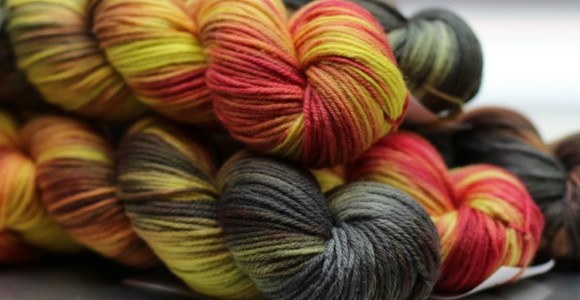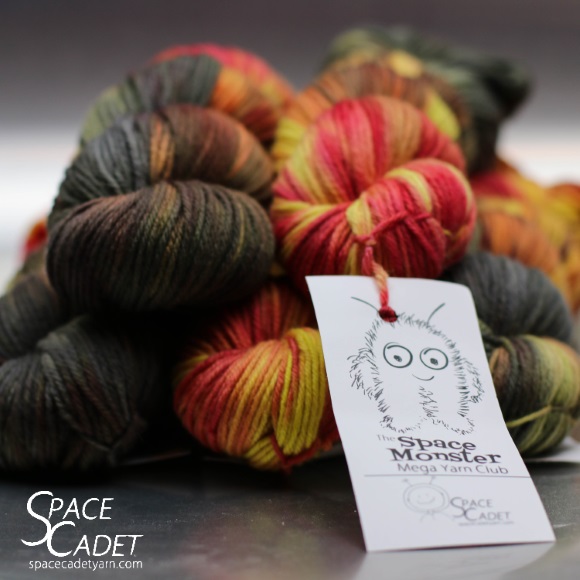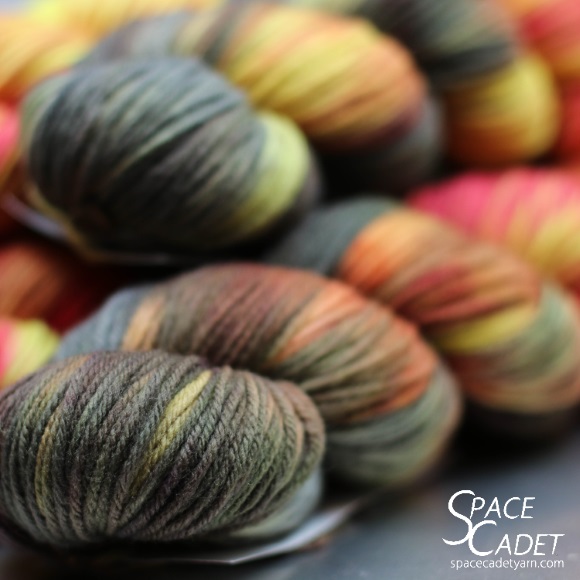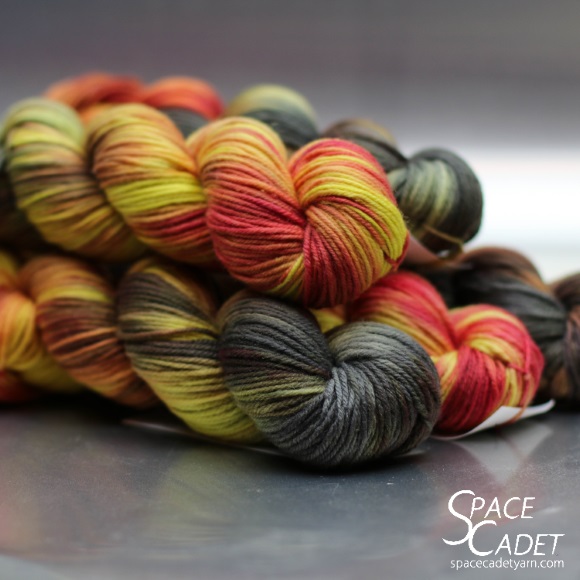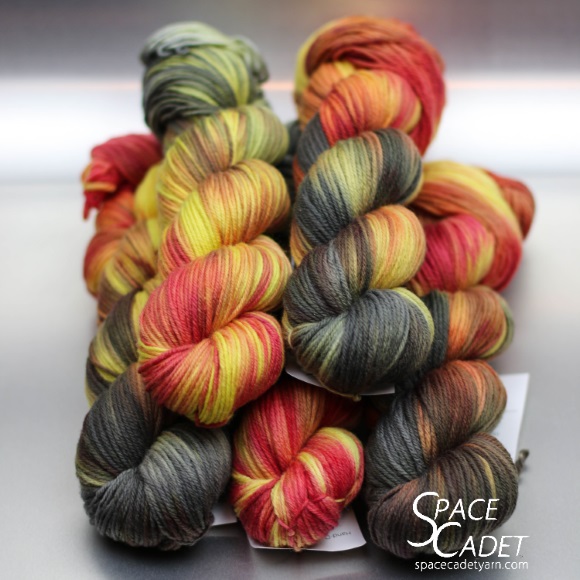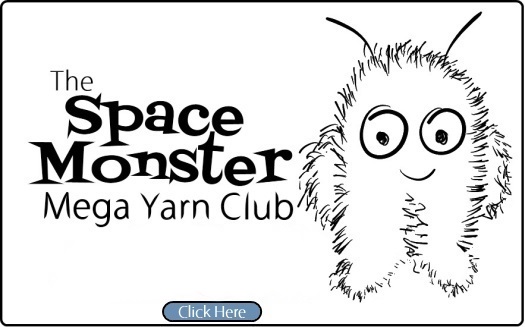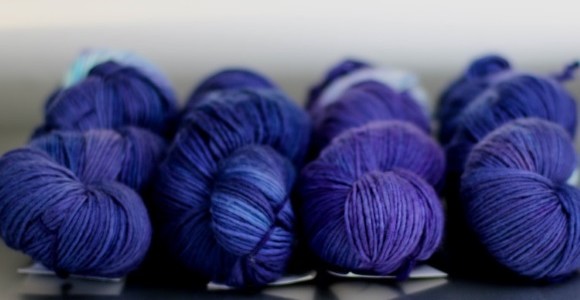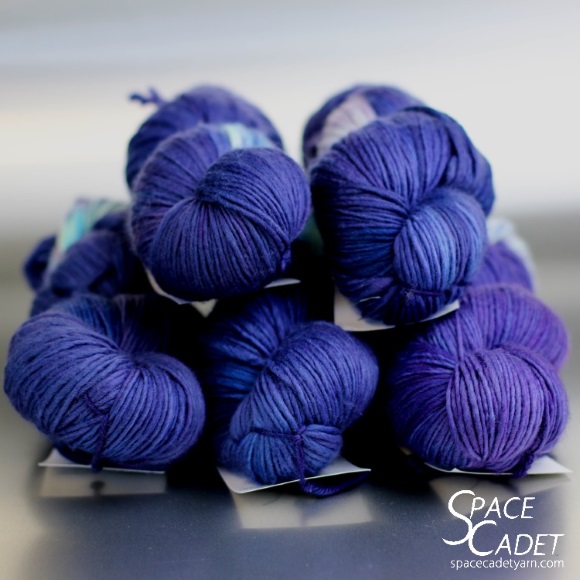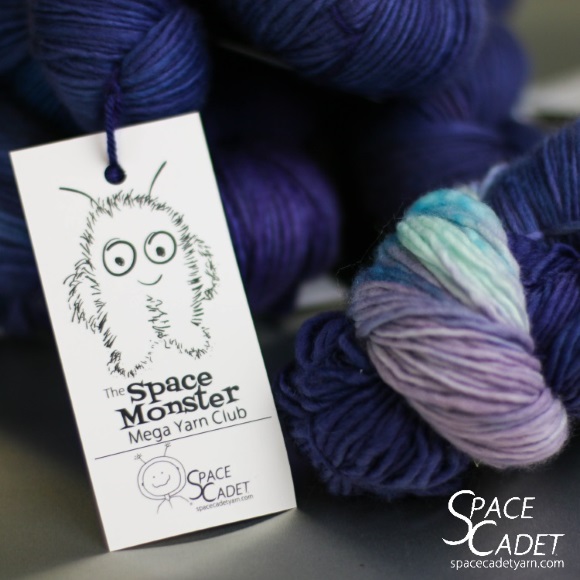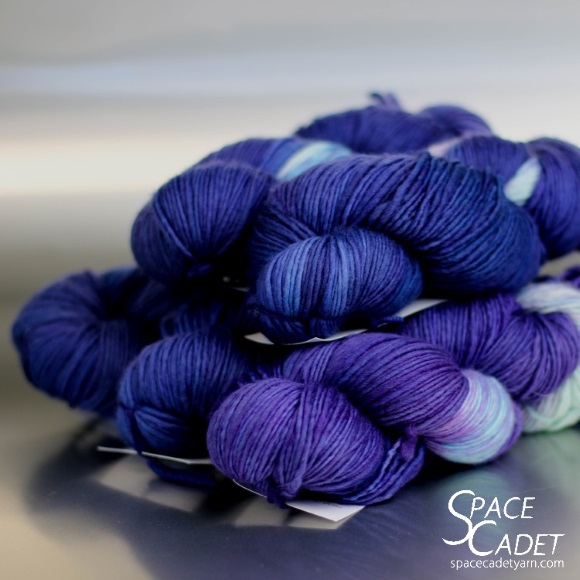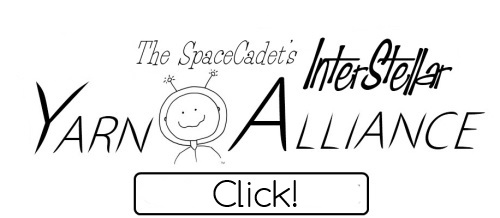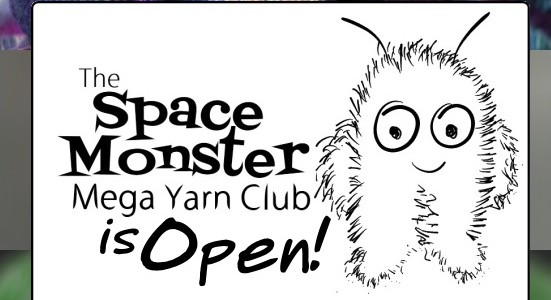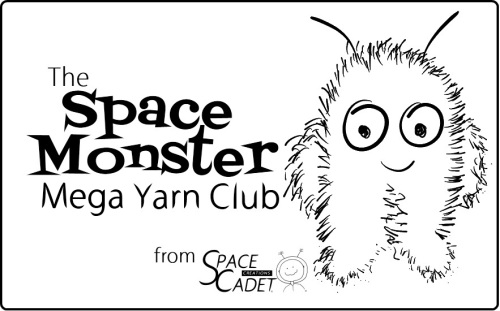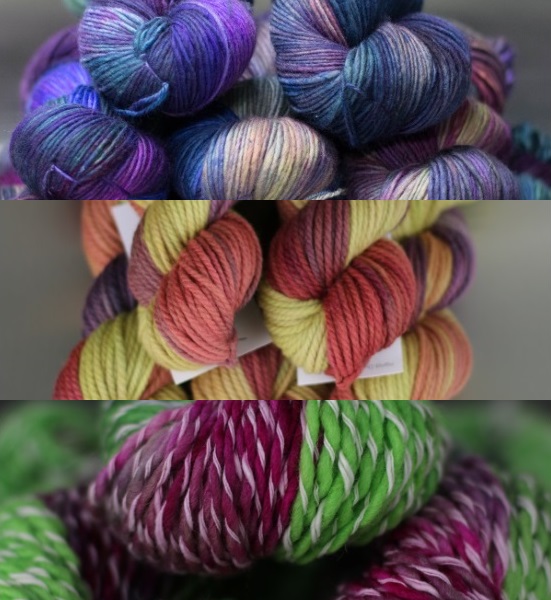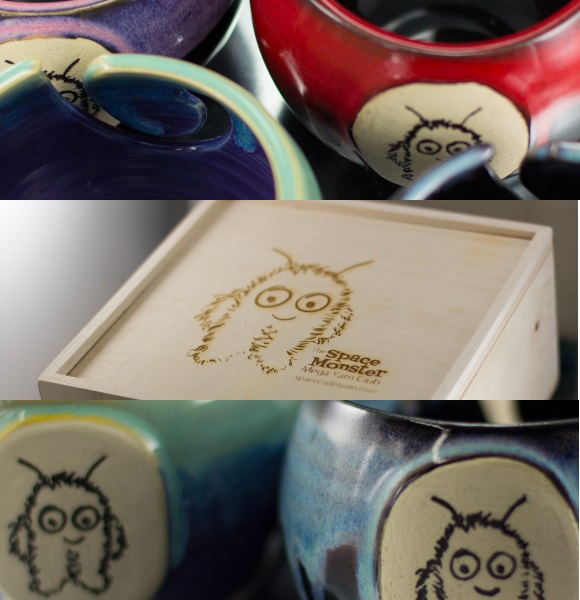Whenever we go to a trunk show or a yarn festival, I get asked one set of questions in particular: how will this yarn behave? will it pool? what will it look like? And I’m always glad to delve into that, because finding the answer is so much fun!
There are several clues in your skein that will give you a good idea how it will behave, but there is one necessary, first step that I find many of our customers are reluctant to take. They turn a skein over and over in their hands and try to decide what it will look like as they knit or crochet it up. But the real way to understand a skein is to untwist it and open it right up!
Did you pause for a moment when you read that? Don’t worry — most people do. I know how our yarns look in our lovely displays — piles of colourful skeins arranged just so — and you don’t want to mess them up. But the truth is that, while you can usually look at a commercial yarn all twisted up and get an idea of how it will behave, a hand-dyed yarn is completely different and you really have to get in there and look at it closely. When yarn mills or really large dye houses create yarns, they usually blend the colours before they spin them, so any irregularities in colour get evened out, and so what you see on the outside of a skein is very similar to what’s happening on the inside, meaning that you can understand the yarn without untwisting it.
But with hand-dyed yarn, the colour is added after the skein is spun, and so the colour can be very irregular — whether by design, as part of the dyer’s technique, or simply because of how the colour distributes itself in the dyebath. Once that dye adheres to the yarn, there’s little can be done to change or even it out. Depending on how the yarn is dyed, the colour may or may not stay the same across the whole skein — meaning what you see when you hold it twisted up might be very different from what it actually looks like when you open it out.
And so the first step to understanding how a colourway will behave when start to work with it is to untwist it and open it right up. Now I can’t speak for all dyers or yarn companies, but I can say that we never mind if you untwist out skeins. In fact, we use tags instead of ball bands specifically so you can do that, because I truly believe you can’t fully understand a colourway — particularly a variegated or one-of-a-kind — until you look at the whole thing.
(If you then twist it up again before you put it back, we’re always grateful but, if you don’t know how, just hand it to one of use and we’ll be glad to put it back together for you. Or to teach you, if you like! It’s dead easy and we do it all the time.)
When you do untwist your skein, there are certain things to look for that will give you clues as to how it will behave when it’s worked up, and we’ll go over those in upcoming blog posts. But for now, go grab some hand-dyed skeins out of your stash — particularly if there are some variegateds that you have never untwisted — and have a good look at them. Observe how they look in their twist… and then gently open them and see what you find. Does the inside hold any surprises? Is it different from the outside? Or have shades you didn’t expect? Twist it back up again — perhaps starting from a different point and see how that affects the colourway. I’d love to hear what you find — and whether any of your skeins surprise you!

